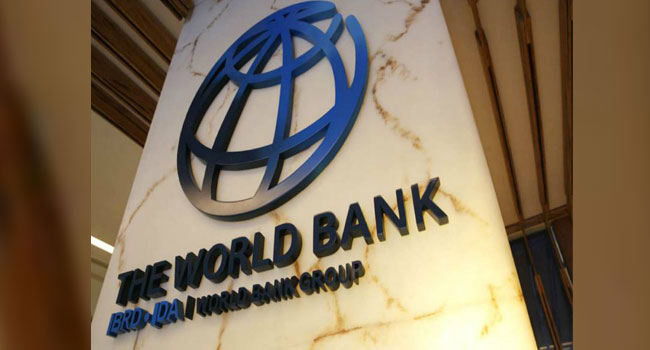The World Bank has upgraded its growth forecast for sub-Saharan African economies, including Nigeria, to 3.8% for this year, driven by stable prices and easing monetary policies. This follows the Central Bank of Nigeria’s recent decision to cut interest rates from 27.5% to 27%. The bank’s biannual Africa Pulse report also upgraded growth forecasts for Ethiopia and the Ivory Coast, citing stabilizing foreign exchange and inflation rates.
Real incomes in the region are expected to grow at a faster rate this year and into the next two years, according to the report. However, the rebound is yet to gain strong momentum, following a decade of successive shocks. The report notes that growth will accelerate to an annual average of 4.4% in the next two years, up from an initial forecast of 4.3%.
The World Bank attributes the improved growth prospects to favorable conditions, including low inflation and stable currencies. The median inflation rate in the region is less than 4%, and most currencies have recovered from previous declines against the US dollar. Andrew Dabalen, chief economist for Africa at the World Bank, noted that these conditions are fueling a recovery in private consumption and investment.
However, the regional economic outlook faces risks, including trade uncertainty, high debt burdens, and the need to create jobs for millions of young people entering the job market. The World Bank warns that fiscal consolidation efforts could curb the pace of recovery in some economies. The bank urged governments to focus on creating good jobs by improving the business environment and nurturing small and mid-sized firms.
The creation of jobs is a critical challenge for policymakers, with three-quarters of jobs in the region’s economies in the informal sector. Lack of employment opportunities has led to youth-led protests in several countries, including Kenya, Nigeria, and Madagascar. The World Bank emphasizes that solving these problems is crucial to avoid disruption and ensure economic stability. With the regional economy showing signs of recovery, policymakers must prioritize job creation and economic growth to ensure a sustainable future.
